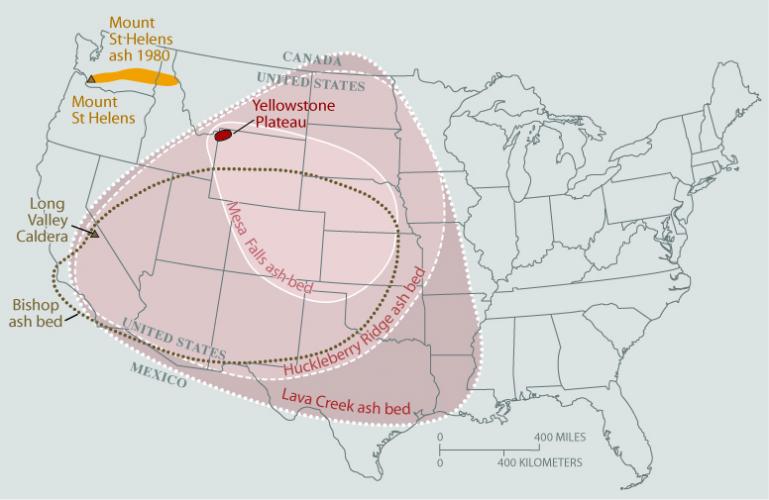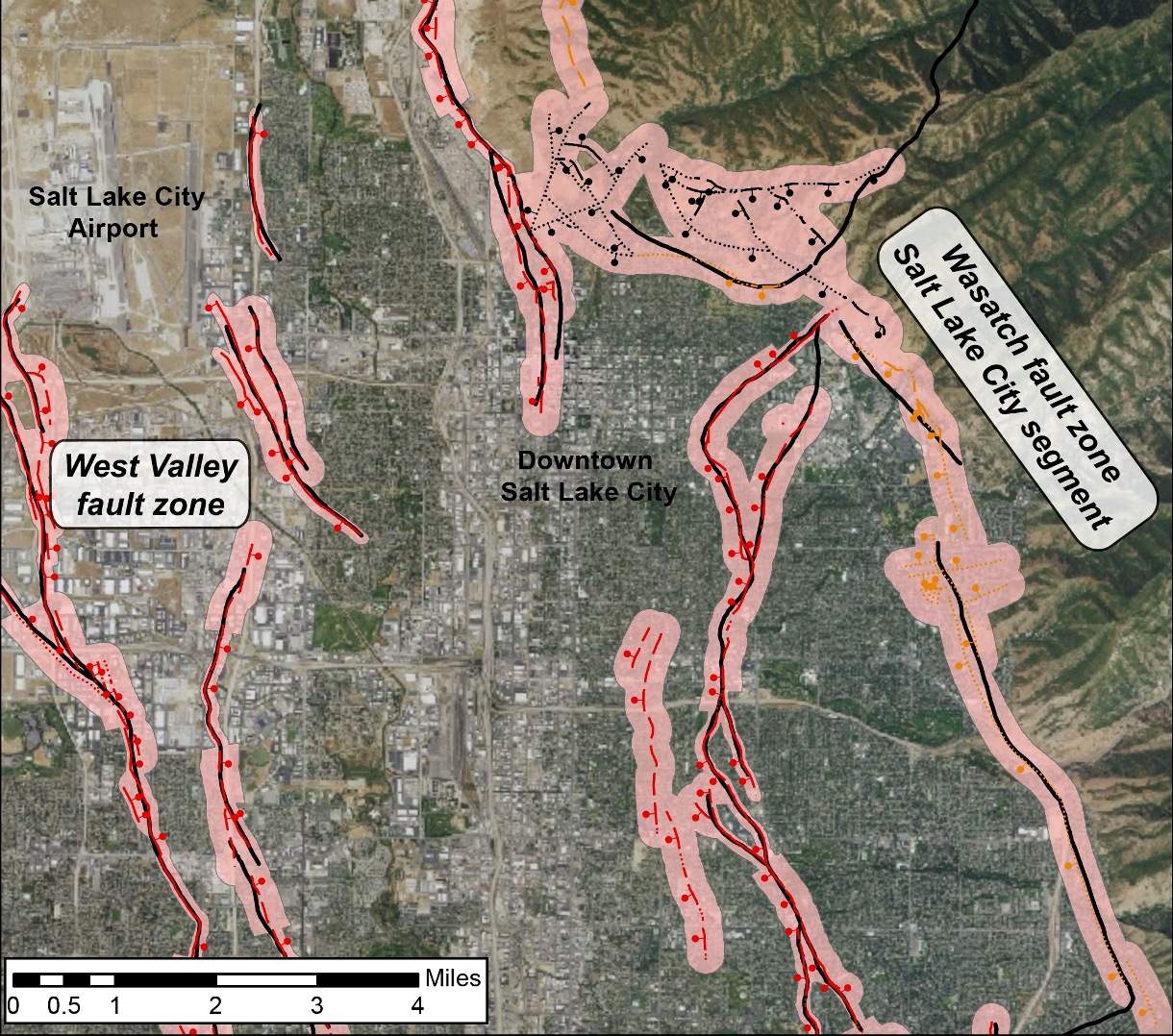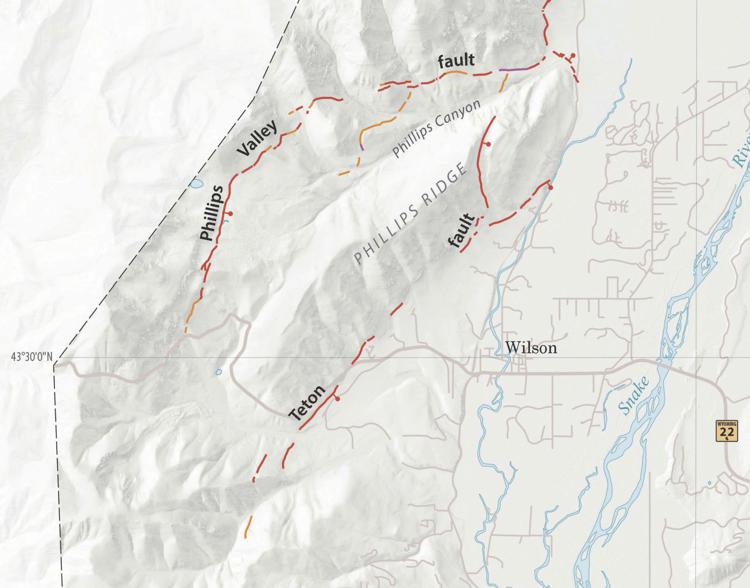Geological Significance

Fault line in wyoming – The geological history of Wyoming has been shaped by the movement of tectonic plates and the resulting formation of fault lines. These fault lines have played a crucial role in the state’s geological evolution, contributing to its unique landscape and geological features.
The vast, silent wilderness of Wyoming conceals a profound secret – a fault line that whispers of ancient ruptures. Like the tension between the Mets and Nationals, it threatens to unleash seismic shifts that will reshape the landscape. As we ponder the mets vs nationals prediction , let us remember that the fault line in Wyoming serves as a reminder of the hidden forces that shape our world, both physical and metaphorical.
The geological processes that led to the formation of fault lines in Wyoming are complex and involve the interaction of multiple tectonic plates. Over millions of years, these plates have collided, separated, and shifted, causing the Earth’s crust to fracture and form faults.
The fault line in Wyoming, a reminder of nature’s power, is a stark contrast to the ethereal battle between tigers and angels. Tigers vs Angels explores the delicate balance between ferocity and serenity, mirroring the contrasting forces at play within the fault line.
Yet, amidst the chaos, the fault line in Wyoming remains a testament to the resilience of the earth, a reminder that even in the face of adversity, beauty and strength can coexist.
Types of Fault Lines
There are several types of fault lines found in Wyoming, each with its own unique characteristics and geological significance. Some of the most common types include:
- Normal Faults: These faults occur when the crust is stretched and the hanging wall (the block of rock above the fault) moves down relative to the footwall (the block of rock below the fault).
- Reverse Faults: These faults occur when the crust is compressed and the hanging wall moves up relative to the footwall.
- Strike-Slip Faults: These faults occur when the crust is sheared and the blocks of rock on either side of the fault move horizontally past each other.
Impact of Fault Lines
Fault lines have a significant impact on the landscape and geological features of Wyoming. They can create mountains, valleys, and other landforms. They can also cause earthquakes and other seismic activity. In addition, fault lines can provide pathways for groundwater and minerals to flow, which can have a significant impact on the state’s water resources and mineral resources.
Seismic Activity

Wyoming is located in a seismically active region of the United States, with numerous fault lines crisscrossing the state. These faults have the potential to generate earthquakes, which can pose a significant risk to infrastructure and communities.
Historical seismic activity in Wyoming dates back to the late 1800s, with several large earthquakes recorded in the state. The most notable of these was the 1959 Hebgen Lake earthquake, which had a magnitude of 7.3 and caused significant damage in the northwestern part of the state.
Areas of Higher Risk
Areas of Wyoming that are at higher risk for earthquakes include:
- The western part of the state, which is located near the Yellowstone caldera and the Teton fault
- The central part of the state, which is home to the Wind River Range and the Casper Arch
- The eastern part of the state, which is located near the Black Hills
Potential Impact
Earthquakes can have a significant impact on infrastructure and communities in Wyoming. Potential impacts include:
- Damage to buildings, roads, and bridges
- Disruption of utilities, such as electricity, gas, and water
- Landslides and other geologic hazards
- Economic losses due to business closures and property damage
Economic and Environmental Implications: Fault Line In Wyoming

Fault lines in Wyoming have a profound impact on the state’s economy and environment. While they present challenges, they also offer opportunities for economic growth and development.
One of the primary economic benefits associated with fault lines is the presence of mineral resources. The movement of tectonic plates along these faults creates favorable conditions for the formation of valuable minerals, such as coal, oil, and natural gas. Wyoming is a major producer of these resources, and the revenue generated from their extraction contributes significantly to the state’s economy.
Economic Benefits, Fault line in wyoming
- Mineral resources: Fault lines provide favorable conditions for the formation of valuable minerals, such as coal, oil, and natural gas.
- Geothermal energy: Fault lines can be exploited for geothermal energy production, which is a renewable and sustainable source of energy.
- Tourism: Fault lines can create unique and scenic geological formations that attract tourists.
Economic Challenges
- Seismic activity: Earthquakes can cause damage to infrastructure, disrupt economic activities, and lead to loss of life.
- Land use restrictions: Fault lines can limit land use options in certain areas, as construction and development may be restricted due to seismic risks.
- Environmental impacts: Seismic activity can trigger landslides, damage ecosystems, and pollute water sources.
Environmental Impacts
- Landslides: Earthquakes can trigger landslides, which can block roads, damage infrastructure, and threaten human lives.
- Ecosystem damage: Earthquakes can damage ecosystems by altering habitats, disrupting food chains, and polluting water sources.
- Water pollution: Earthquakes can cause ground fissures and cracks, which can allow contaminants to enter groundwater sources.
The role of fault lines in shaping Wyoming’s energy industry and infrastructure development is complex. On the one hand, fault lines have provided access to valuable mineral resources, which have fueled the state’s economy. On the other hand, seismic activity associated with fault lines can pose significant risks to infrastructure and human safety. Therefore, it is essential to carefully consider the potential benefits and risks of fault lines when planning for energy development and infrastructure projects in Wyoming.